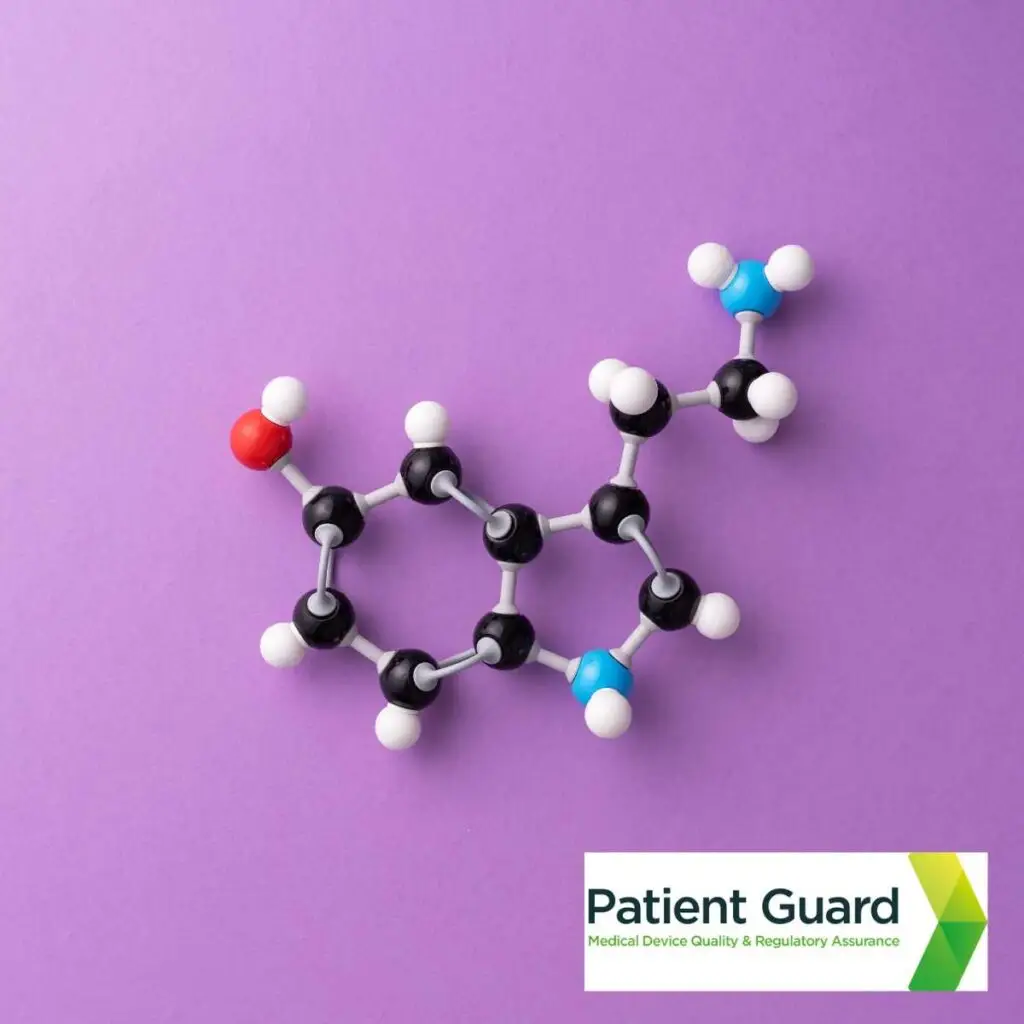In healthcare, ensuring the safety and efficacy of medical devices is paramount. Patients rely on these devices for diagnosis, treatment, and improved quality of life. Biological evaluation plays a pivotal role in determining the biological safety of these devices. Governed by international standards, most notably the ISO 10993 series, biological evaluation involves a thorough assessment of a device’s interaction with living tissues. This blog delves into the importance of biological evaluation, highlighting the critical biological endpoints outlined in ISO 10993, the significance of a robust biological evaluation plan, and the crucial role of qualified experts in this process.












